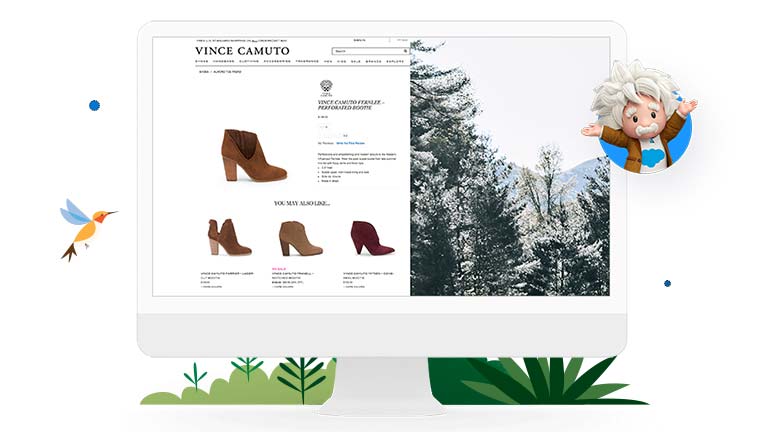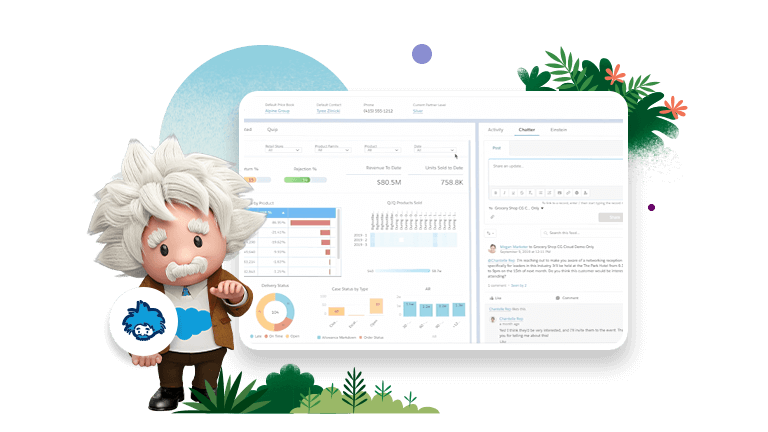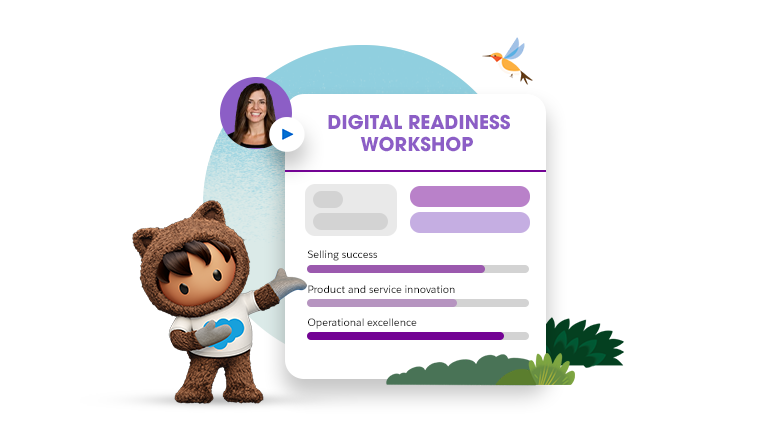8 Examples of Advanced Product Recommendation Techniques That Drive Growth
Discover what product recommendation engines are and how they work
- Use machine learning technology
- Automate your product recommendations system
- Integrate your product recommendation engine with your CRM
- Highlight your top-selling products
- Showcase discounts and special offers
- Build new customer experiences with a headless architecture
- Capitalize on current trends
- Personalize search and category page results

Product recommendation example #1: Use machine learning technology
Product recommendation example #2: Automate your product recommendations system

Product recommendation example #3: Integrate your product recommendation engine with your CRM
Effective suggested selling depends heavily on an accurate analysis of customer data. That’s why it’s important for your product recommendation engine to integrate with your existing customer relationship management (CRM) platform.
Your product recommendations should be based on all available customer data, including goals and important life events. The ability to automate tasks, including tracking, analysis, and reporting, ensures that customers are always guided along the path to brand advocacy.
Product recommendation example #4: Highlight your top-selling products
Multiple studies have found that roughly 80% of a company’s profits come from 20% of the products sold. Review past data to identify your best-selling products and continuously showcase these products to potential buyers. That way, you are always surfacing the items that are most likely to result in a sale.
Recommend your top-selling products as people search your website, add items to their carts, or interact with your marketing content.

Product recommendation example #5: Showcase discounts and special offers
Product recommendation example #6: Build new customer experiences with a headless architecture

Product recommendation example #7: Capitalize on current trends
Product recommendation example #8: Personalize search and category page results
Predictive sort technology uses customer data to deliver tailored results to shoppers searching for products on your website. With the help of AI, you can effectively offer personalized product suggestions for the search drop down, search pages, and category pages.
This technology interweaves personalized product suggestions throughout the shopper journey. The result: Shoppers find exactly what they’re looking for, fast. Customers spend less time searching for the products they want and conversion increases.
Discover how to deliver personalized experiences and boost revenue
- Eliminate guesswork
- Boost productivity
- Inspire customers
More resources

What Is a Retail Product Recommendation Engine – And Why Do You Need One?

How to Uplevel Smart Merchandising






